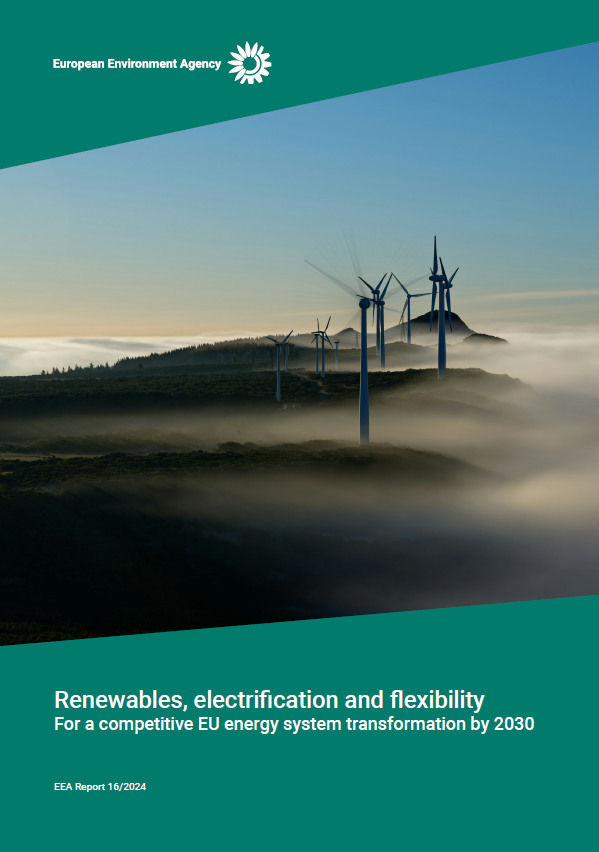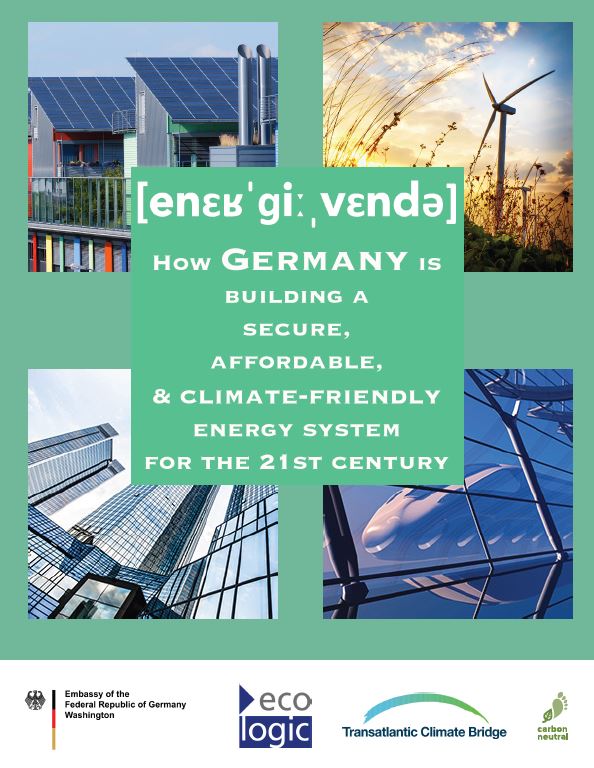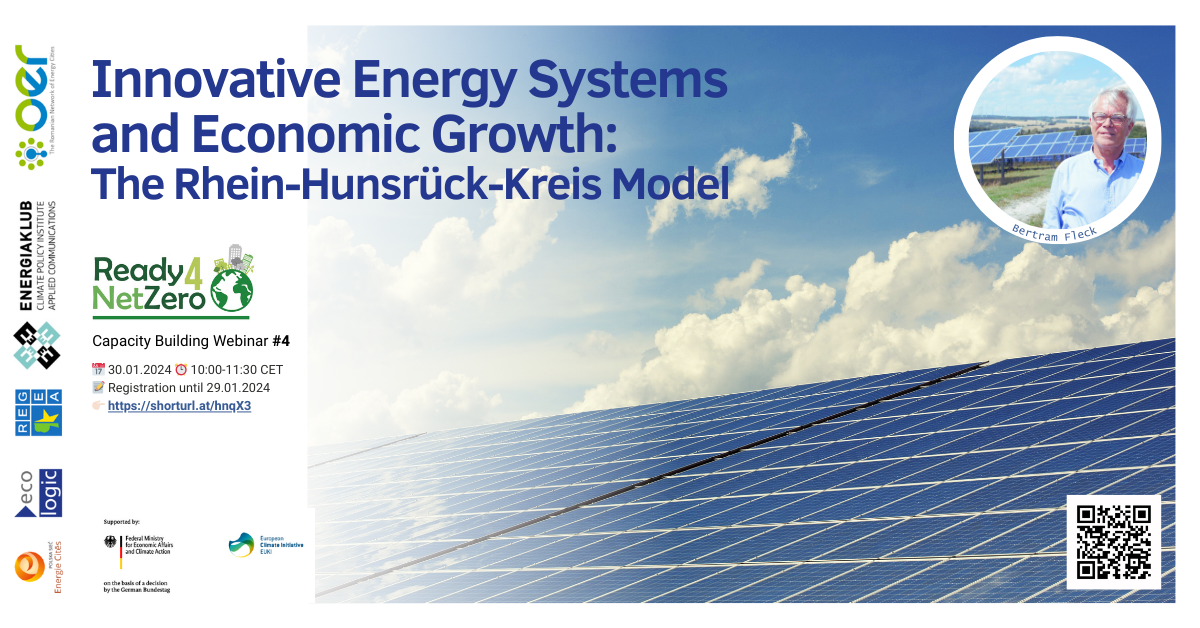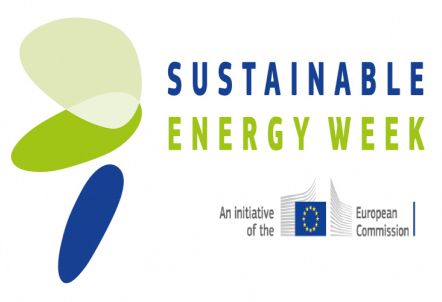
Renewables, Electrification and Flexibility – for a competitive EU energy system transformation by 2030
- Publication
- Citation
European Environment Agency, Renewables, electrification and flexibility for a competitive EU energy system transformation by 2030, Publications Office of the European Union, 2025, https://data.europa.eu/doi/10.2800/4558900
The European Union has committed to becoming climate-neutral by 2050. On the way to climate neutrality, however, it must first meet its interim 2030 target, which requires a profound transformation and decarbonisation of the energy system – comprising the electricity, heating and transport subsystems. Accelerating the rollout of renewables, electrifying end-uses and boosting system flexibility are therefore vital levers to reach the 2030 climate goal while safeguarding the EU's energy security and competitiveness.
Together with the European Environment Agency (EEA), a consortium comprising the Ecologic Institute, Ramboll, Fraunhofer ISI and CE Delft has produced a report on the European Union's energy system transformation. It systematically analyses and assesses progress towards the 2030 climate target by comparing the historical evolution of a wide range of indicators in each subsystem with the modelled benchmarks from the Impact Assessment accompanying the EU's 2040 Climate Target Plan.
The main findings of the analysis are:
- Overall energy system: Energy-related greenhouse-gas emissions fell by around 26 % between 2005 and 2022, yet most indicators lag well behind the progress needed by 2030. There is an urgent need to step up political as well as investment efforts.
- Electricity sector: While this sector has made the greatest progress, renewable generation capacity must still roughly triple relative to 2022 levels. Even assuming full technology availability, further policy measures will be needed to align progress with the 2030 target.
- Heating sector: Heat demand declined by about 15 % between 2005 and 2022, but a further 23 % reduction through efficiency improvements and electrification is required by 2030. Although technically feasible, the slow pace to date shows that socio-economic incentives must be significantly strengthened.
- Transport sector: To meet the 2030 targets, efforts to cut CO₂ emissions in international and domestic transport must intensify by a factor of six to seven. As progress in electric mobility and modal shifts remains insufficient, ambitious support schemes and binding regulations could be an important role in decarbonising the sector.
For more details, please refer to the attached publication and the EEA's press release.






